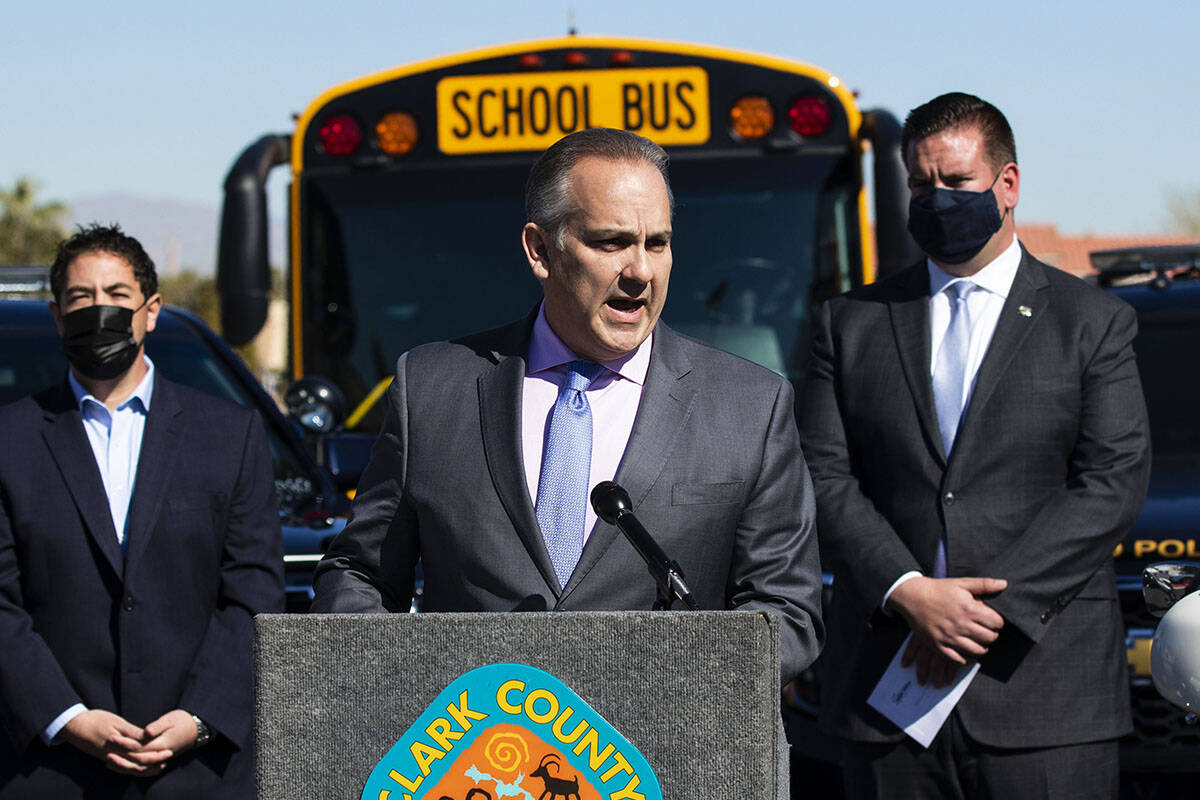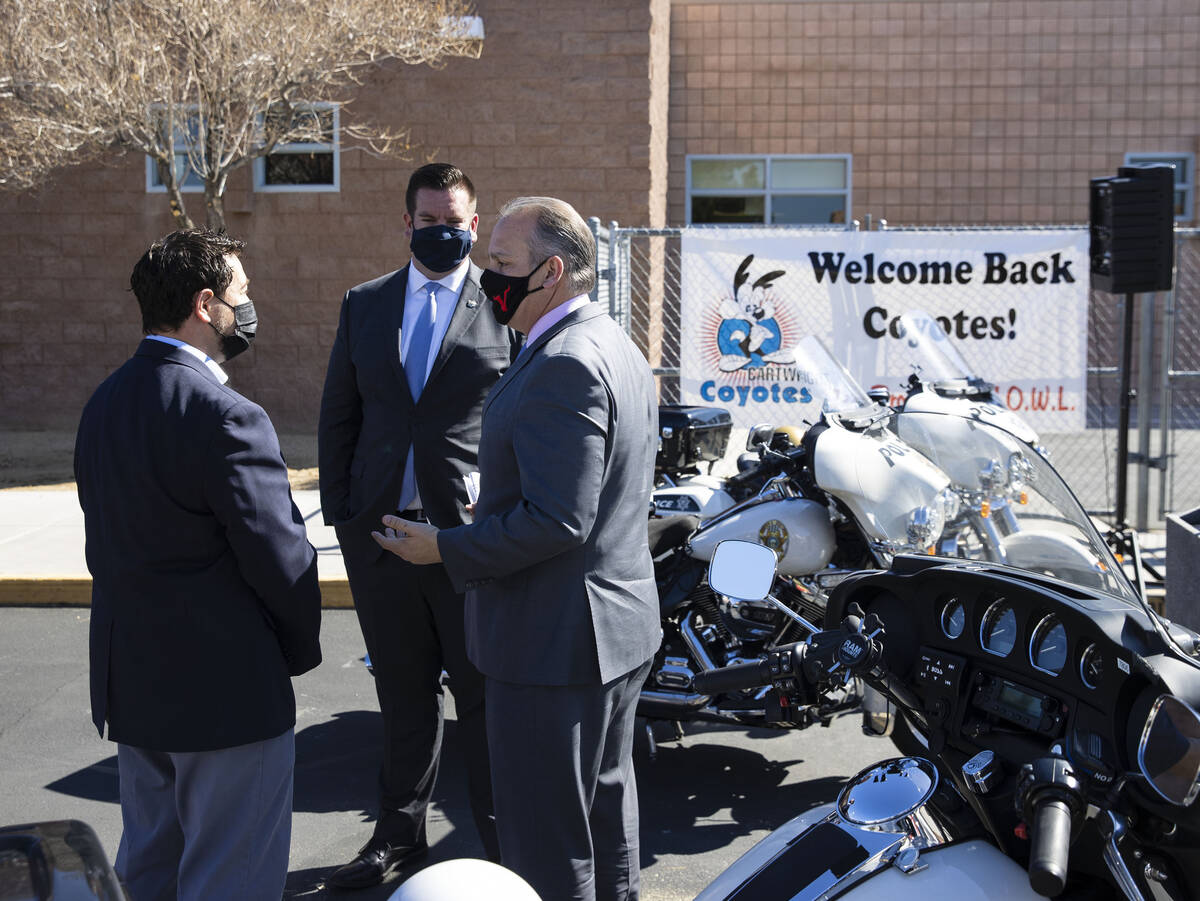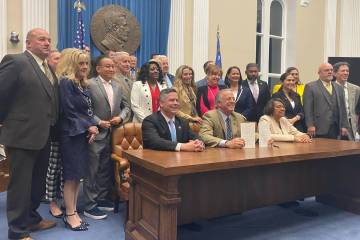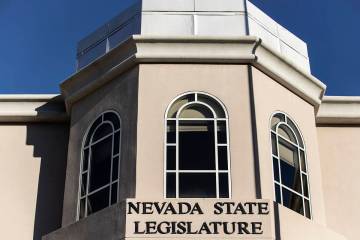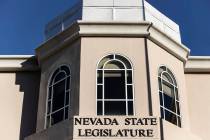STEVE SEBELIUS: Traffic cameras … for the children?
In the Nevada Legislature, bad ideas don’t ever die. They just hibernate and resurface in different forms.
Since so-called red-light cameras were banned by overwhelming bipartisan majorities in 1999, attempts have been made in four legislative sessions to repeal the ban and allow local governments to install unmanned cameras for traffic enforcement. Twice, those measures have come up for a vote in the state Senate, and both times, they’ve gone down to lopsided defeats.
So now, they’re breaking out the oldest legislative canard in the playbook: Let’s do it for the children.
Under BDR-108, requested by the Joint Interim Standing Committee on Growth and Infrastructure, automated traffic enforcement cameras would be set up only in school zones, and only to enforce laws against speeding, U-turns and passing other vehicles.
According to committee documents, the idea was suggested by William A. Thomas, executive director of the Washoe County Regional Transportation Commission, who said “a lot of local partners, it is a lot of people who are engaged in the zero-fatality program that are contributors and supporters of realizing that we need some new tools to be able to make our school zones safer.”
An unpopular opinion: School zones themselves make the children less safe by teaching them that cars will always slow down and stop for them, when we should be teaching kids to look both ways because the laws of physics are always greater than the traffic laws.
But Thomas isn’t entirely wrong. I happen to live next to a high school, and I have witnessed some of the most unbelievable, outrageous and ridiculous behavior in school zones. Kids looking neither left nor right, faces pointed at a phone while striding into traffic outside a marked crosswalk, oblivious to the death machines prowling nearby. Parents parking anywhere convenient — even against clearly marked no-parking zones — so their precious offspring don’t have to walk as far.
It’s not uncommon to see a driver stop in traffic and wait to pick up or drop off a kid. It is a daily miracle that there aren’t more injuries or deaths. Some days, you can literally see natural selection happen before your very eyes. Forget the Galapagos Islands; Charles Darwin should have hung out in front of a high school when the bell rings.
Still, automated enforcement cameras are a bad idea, for many reasons, most of which were articulated by then-state Sen. Mark James when he carried Senate Bill 381 in the 1999 session: They compromise civil liberties; there isn’t a witness one can cross-examine in court about the alleged violation; the citation gets sent to the registered owner of the vehicle regardless of who was actually driving; and the owner must then prove his or her innocence rather than the government proving guilt.
In some communities, it’s even been demonstrated that private contractors tinkered with the signal-light timing so that more drivers would get caught running a red, thus boosting revenues to the local government and the private company. That’s what economists like to call a “perverse incentive.”
Advocates argue the cameras reduce accidents and make the roads safer, although some say they simply cut down on certain accidents while increasing chances of others (think rear-end collisions as drivers brake to avoid a citation).
Here in Nevada, we already have effective school zone enforcement, in the form of local police. In fact, the Clark County School Police Department maintains the most hilarious Facebook page of any law enforcement agency in the state as it documents the most unbelievable violations you’ve ever seen.
But the most salient argument may be this: If these cameras are authorized in school zones, how long will it be before they metastasize to the rest of the town? In 1999, a lawmaker suggested using cameras just to issue warnings, not citations. But James wisely saw the future when he replied, “If the Legislature allowed local entities to use the devices to only issue warnings, they would return in (the) 2001 (session) requesting the devices be used to issue citations. (James) felt the local governments would not spend the money to install the devices if they were not able to generate some kind of revenue off of them.”
Precisely. Something that starts in the school zones — “for the children” — will be all over the valley in short order. Red-light cameras were a bad idea when they were banned in 1999, and they remain so today.
Contact Steve Sebelius at SSebelius@reviewjournal.com or 702-383-0253. Follow @SteveSebelius on Twitter.



